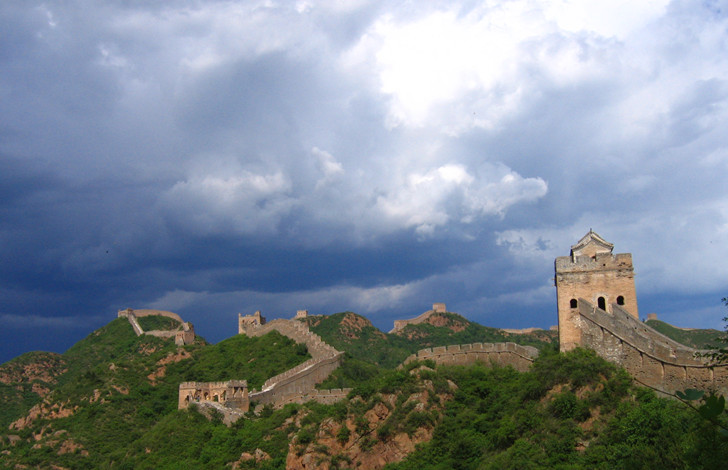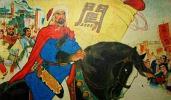
China Overview
- Population: 1.3 billion
- Currency: yuan
- Guinness World Records: most people painting each other's faces simultaneously in one location (13,413), largest bottle of cooking oil (containing 3212 litres), most couples hugging (3009 couples).
- Internet users: 135 million
- Milk beer: from Inner Mongolia, an alternative to the traditional mare's-milk wine.
- Squirrel fish: whole mandarin fish deep-fried and manipulated to resemble a squirrel.
- Number of chinese characters: over 56,000
Li Zicheng
Li Zicheng (1606-1645AD), also called “Li Chuang Wang”, was the leader of the peasant revolt army in the late Ming Dynasty. He was born in Mizhi, Shaanxi Province. In 1644, Li Zicheng entered Beijing successfully and the last emperor of Ming Dynasty, Emperor Chongzhen hung himself on Meishan Mountain (now Jingshan Mountain of Beijing). |
The emperors in the late years of the Ming Dynasty were fatuous and incompetent, and power gradually slipped into the hands of eunuchs. Bureaucrats and landlords forcibly occupied large tracts of the fertile lands, leaving many peasants landless. Taxes and natural disasters, which officials did little to relieve, added to the burdens on the peasants. |
|
In 1627 AD, a large-scale uprising broke out in the area of what is now northern Shaanxi Province. The unrest spread throughout the country. The strongest of the rebel peasant armies was led by Gao Yingxiang. In 1630, Li Zicheng joined the uprising, rising rapidly to become a general under Gao Yingxiang. After Gao’s death, his army divided into two main parts: one was led by Zhang Xianzhong, and the other by Li Zicheng. In 1644, Li Zicheng established the Dashun Dynasty in Xi’an. In the same year, he marched on to Beijing. The regime controlled a vast area from south of the Great Wall to north of the Huaihe River. As the rebels entered the capital, Emperor Chongzhen, the last Ming emperor, committed suicide by hanging himself on “Meishan Mountain” (“Coal Hill”, today’s Jingshan Mountain), just behind the Forbidden City. This marks the end of Ming Dynasty. | |
All Topics about China
- General-China-Introduction
- C2-Chinese-History
- Chinese-Religions
- Chinese-Food-and-Drink
- Chinese-Literature
- Chinese-Nationality
- Chinese-Architecture
- Chinese-Arts-and-Crafts
- Chinese-Language-and-Education
- Chinese-Medicine
- Chinese-Transportation
- Chinese-Festival
- Chinese-Astrology-and-Zodiac
- Chinese-Calendar
- Chinese-Traditional-Sports-&-Activities
- Chinese-Martial-Arts
HOTMost Popular Topics
Climate in China
Because of its size, China has great climatic diversity. Generally, the best time to visit China is during spring and autumn.
Chinese-Language-and-Education
Chinese is the most commonly used language in China, and one of the most commonly used languages in the world.
Chinese-Festival
China has many traditional festivals, including the Spring Festival, the Lantern Festival, the Dragon Boat Festival.
Chinese Chinese-Astrology-and-Zodiac
In the Chinese zodiac, twelve animals are used to denote the year of a person's birth: rat, ox, tiger, rabbit, dragon.
History of China
China, one of the world's most ancient civilizations, has a recorded history of nearly 4,000 years..








